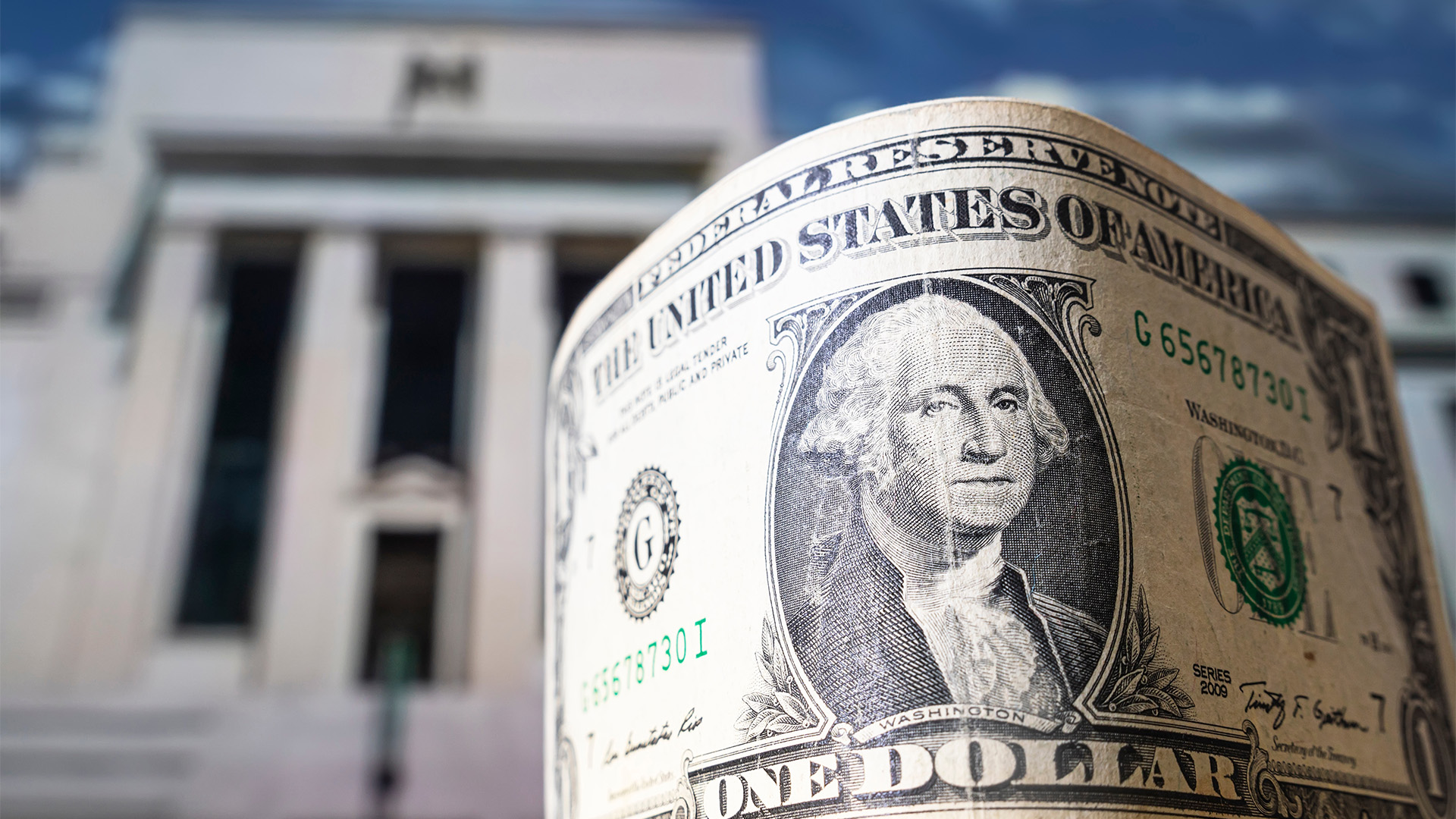No surprises from the September quarter’s Consumer Price Index with a surge in the annual rate to 7.3% which means the Reserve Bank will now look seriously at a half a per cent increase at its November meeting.
The National Australia Bank said yesterday after the CPI reading that there will be two rate rises this year.
The CPI report from the Australian Bureau of Statistics confirmed all those forecasts that the annual rise would hit and probably top 7% in the three months to September.
That’s what happened and it helped drag up core inflation as measured by the RBA’s favoured metric, the trimmed mean, which was the highest since the series commenced in 2003, increasing to 6.1% from 4.9% (the previous high) in the June quarter.
But a small glimmer was the fact that the quarter-on-quarter rise of 1.8% was unchanged for a second period and still well under the 2.1% surge in the opening three months of 2022.
That quarterly rise saw headline inflation reach its highest level since 1990 thanks to soaring prices for new housing, gas and furniture (the latter driven by price rises by retailers and importers and the weaker value of the Aussie dollar).
The last time inflation was higher was in the June quarter of 1990 when it sat at 7.7%.
New dwellings (up 20.7%) and automotive fuel – mostly petrol (up 18.0%) were the most significant contributors to the annual rise.
“For the second consecutive quarter, annual price inflation for new dwellings was the strongest recorded since the series commenced in 1999, as high material and labour costs mingled with high demand”, said ABS manager of prices Michelle Marquardt.
“Fewer grant payments from the Federal Government’s HomeBuilder and similar state-based housing construction programs compared to the same time last year also contributed to the annual increase. Excluding the impact of the reduction in grant payments made, new dwellings would have recorded an annual rise of 17.7 per cent.”
The annual increase in the price of goods of 9.6% was the highest since 1983 and continued to rise more strongly than the 4.1% services. The price of non-discretionary goods and services rose 8.4%, while that of discretionary goods and services rose 5.5%.
In the quarter, new housing costs jumped by 3.7% in the quarter, gas and other household fuel prices lifted by 10.9% while furniture prices increased by 6.6%. Imported fuel (oil and petrol) prices fell 4.3% in the quarter, relieving some of the pain.
As well, prices for clothing, footwear and transport actually fell while education costs were steady.
The current quarter will see the full impact of the rise in the fuel excise back to normal levels in late September.
Ms Marquardt said the figures reflected supply constraints, demand and high freight costs in many parts of the economy.
“Labour shortages in the house construction industry, leading to rises in labour costs, contributed to the rise in new dwellings this quarter,” she said.
“The continuation of material shortages added further price pressure.
“Annual gas price reviews across the states and territories saw higher wholesale gas prices passed on to consumers in the September quarter.”
Ms Marquardt noted that electricity costs lifted by 3.2% in the quarter, partially offset by a $400 credit in Western Australia and smaller credits in Queensland and the ACT. If not for these, electricity prices would have jumped by 15.6%.
Food prices lifted by 3.2%, with the cost of meals out and takeaway up by 2.9%.
Fruit prices increased by 6.6% while vegetable prices lifted by 2.9% and will get a further boost this quarter and next from the current heavy rain and flooding, especially in parts of Victoria and NSW.
Quarterly prices rose the most in Adelaide, jumping by 2.6% in the quarter, while Sydney and Hobart saw big rises of 2.3%.
Annually inflation is now highest in Hobart at 8.6%, it was 7.4% in Melbourne and 7% in Sydney.













